Exploring Visibility through Spi(Cy-Fi)lms
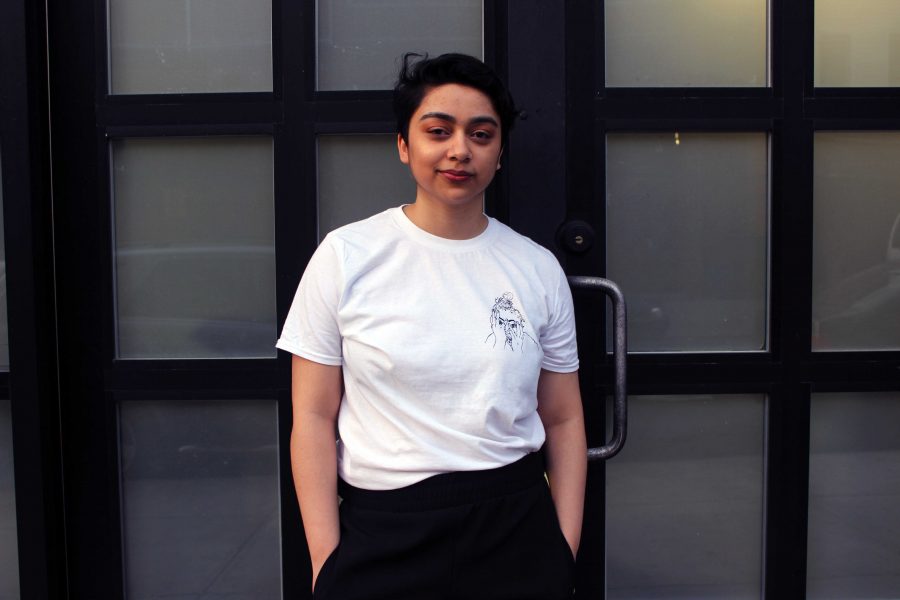
Exploring Visibility through Spi(Cy-Fi)lms
Cy-Fy shows her film Spi (Cy-Fi)lms at the Bronx Art Space in the South Bronx (Isha Khawaja/The Fordham Ram).
Cy-Fy shows her film Spi (Cy-Fi)lms at the Bronx Art Space in the South Bronx (Isha Khawaja/The Fordham Ram).
April 25, 2018
Hang on for a minute...we're trying to find some more stories you might like.
Email This Story
By Isiah Magsino
I stood there compelled, watching the screen and listening to, “I am too broke to be white. I am too cultured to be white,” over and over again. Placed on the wall of a humble art studio in the South Bronx, Cy-Fi’s work projected a screenplay of designer brand Gucci’s all-white website with Cy-Fi’s voice in the background.
The art piece was a part of The Bronx Art Space’s ‘For Us’ gallery that took place on March 13. The event was curated specifically for women of color and how they portray their worlds through art. The piece described before is only one example of how Cy-Fi, a queer, Muslim artist, draws from her own experience of adversity against her religion, race and sexuality.
Cy-Fi, is a native New Yorker and is currently a senior at Parsons School of Design. Aside from being a student, Cy-Fi is also the founder of Spi(Cy-Fi)lms which serves as an artistic space and medium for queer people of color to come together. Surprisingly, she is informed me that she’s fairly new to video art and decided to explore the medium during her time at Parsons.
When discussing Cy-Fi’s inspirations for her video art, it is clear that her inspirations originate from a darker place. The artist claims that her art is her method of how to “cope and express” with the adversity she endures. During the event’s video showings, Cy-Fi’s work again made an appearance. In the video, phrases such as “Overreacting: it’s something that’s there and you need some sort of validation” and “Micro-aggression: a constant target on your identity” are said and echoed by Cy-Fi. These statements are a direct relation to how society’s criteria of acceptance have worked against her.
In today’s world of media, representation often becomes generalized, as outlets will include one or a few marginalized minorities and claim that it’s enough. “I often feel invisible and silenced in my every day,” says Cy-Fi. She further claims that any sort of representation in today’s media is only geared towards a select few and that representation of any sort of marginalized person is often capitalized on. Cy-Fi claims that “we are living in a time where marginalized identities are being used for commercial appeal, but their communities are left ignored and issues unchallenged.” There is an increasing market for minorities for companies to display diversity.
In relation to how her identity is continuously affecting her personal life, Cy-Fi opens up about her faith. Although the artist claims that she identifies with Islam on more of a cultural level than a religious one, the marginalization she experiences still remains the same.
The situation Cy-Fi openly shares, also depicted in her video art, entails the New York Police Department keeping her predominantly Muslim community under daily surveillance. She describes how the surveillance was initially placed upon the neighborhood for security purposes on “punish a Muslim day,” but she questions the true motives of the NYPD. Cy-Fi explains how there was no notification to the people within the neighborhood and that the actual surveillance remained prominent after. Despite the true intentions of the New York Police Department, the situation is an example of Muslim-Americans’ daily difficulties to living in New York City.
There is no question as to the importance of Cy-Fi’s work. Cy-Fi authentically keeps her work intersectional, in terms of representation. The young artist understands how important the messages in her work are and describes how she commonly struggles with the decision of sacrificing her work’s gallery exclusivity in order to remain accessible to her audience. Aside from the recent gallery showing, Cy-Fi also keeps her video art available on YouTube and Vimeo.
To end the conversation, Cy-Fi further reconnects to visibility in her artistic endeavors. “Do I show more visibility?” she questions. She answered herself, “however I decide to present myself to the world, I know I am trying my best.”

Cy-Fi shows her film Spi (Cy-Fi)lms at the Bronx Art Space. (Isha Khawaja/The Fordham Ram).

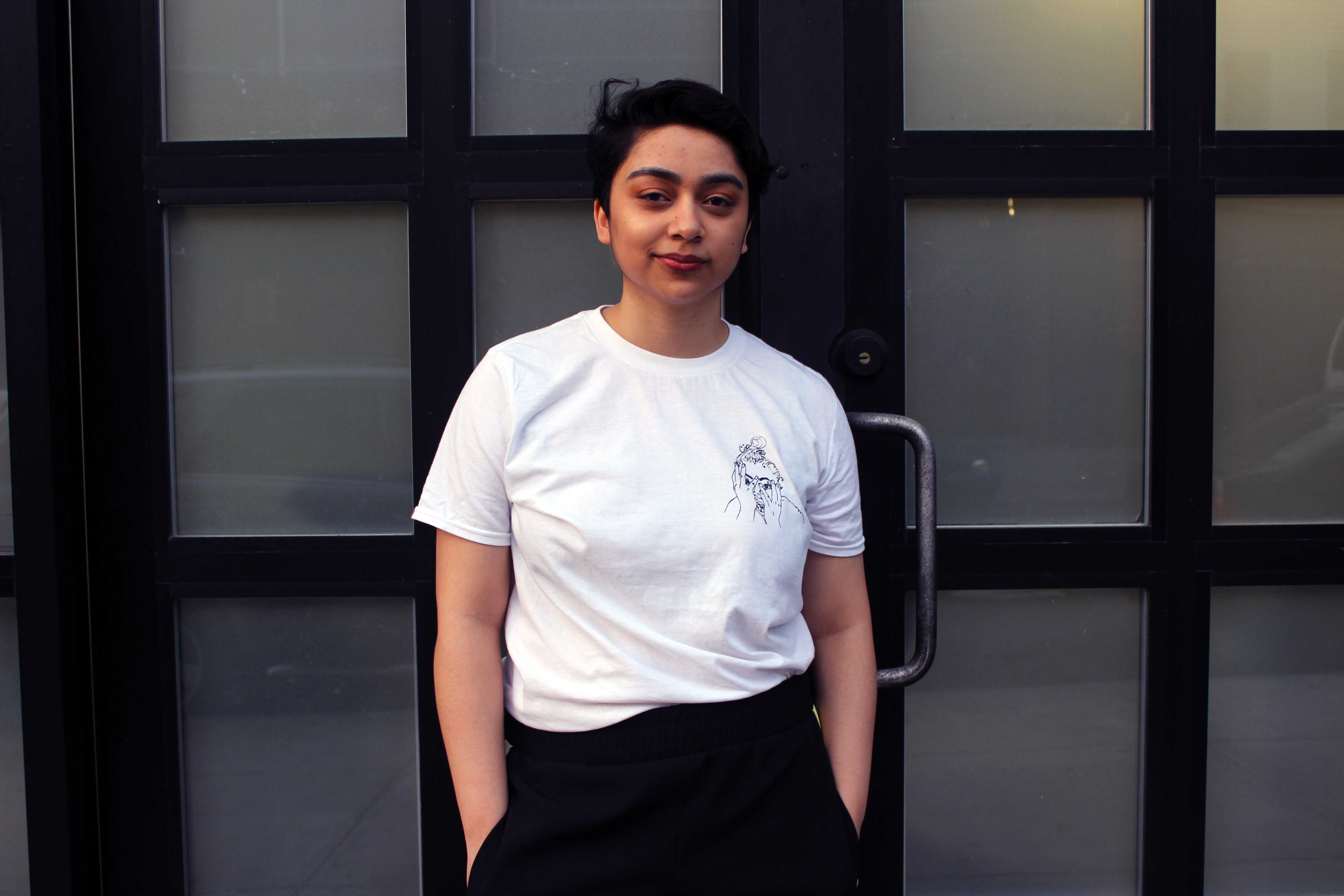
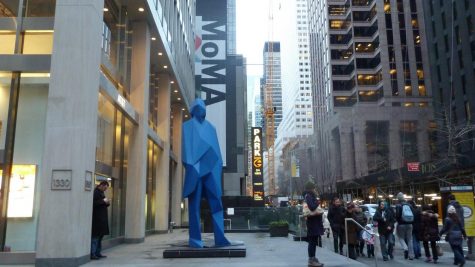
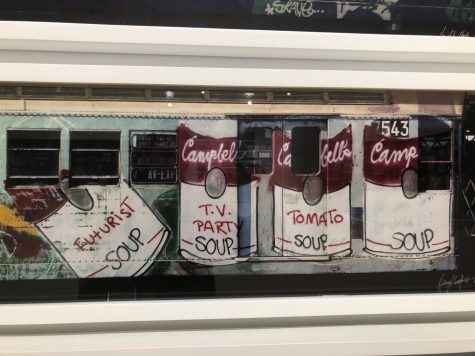
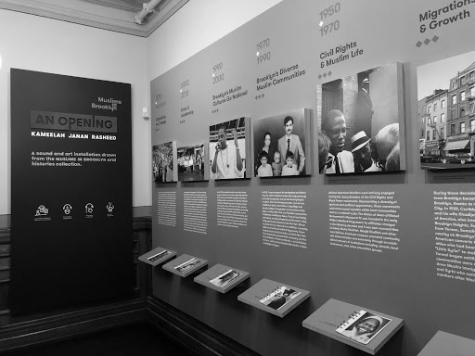
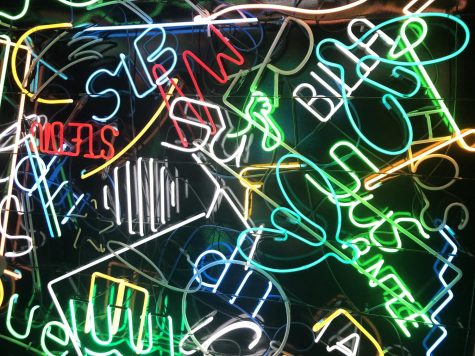
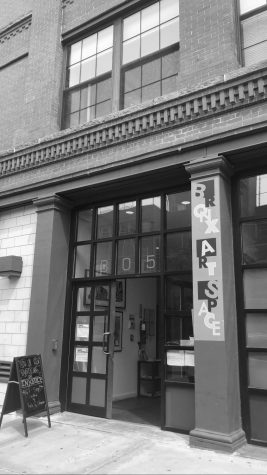

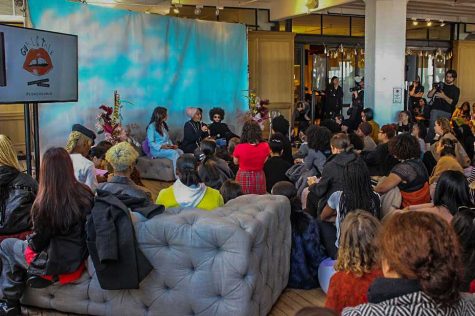
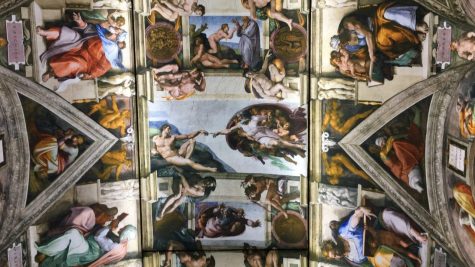
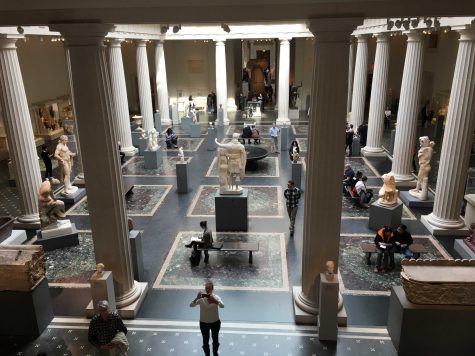

If you want a picture to show with your comment, go get a gravatar.